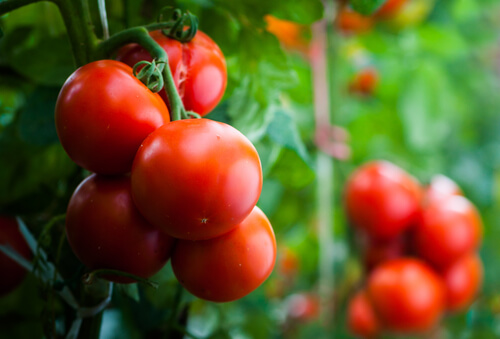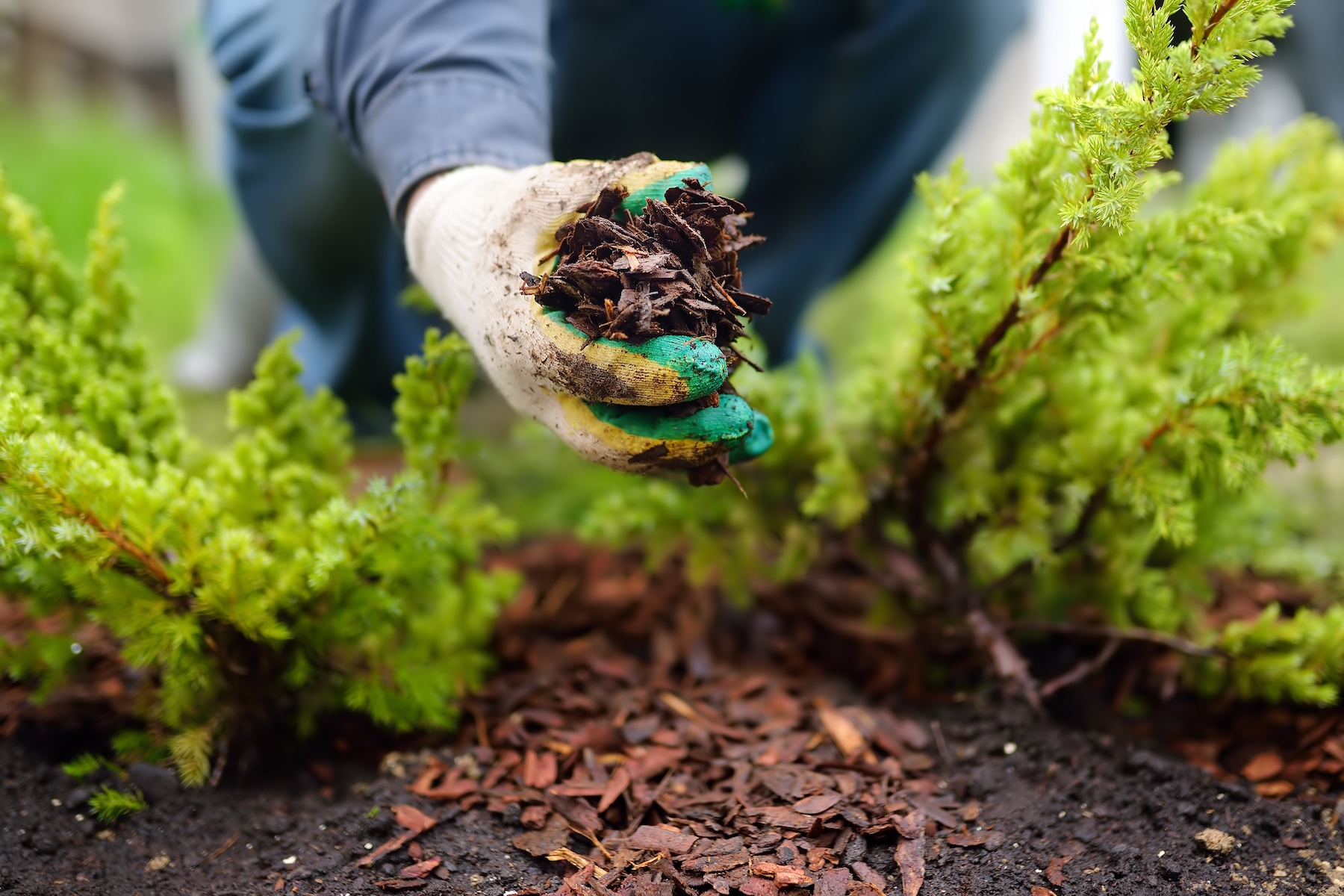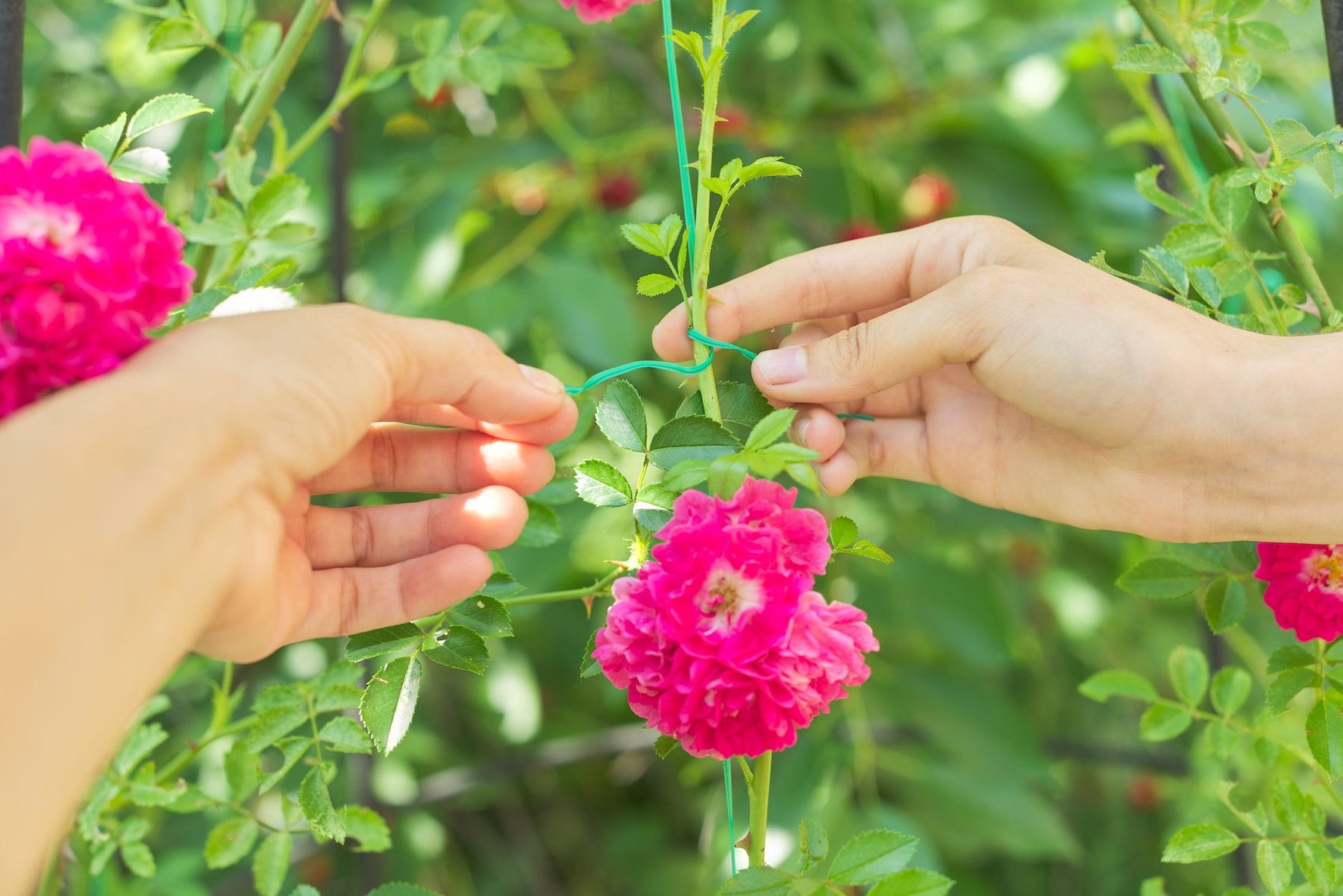Late spring to early summer is the prime time for landscaping in Northern Nevada. One of the first projects for avid landscapers is creating a vegetable garden. And what’s a vegetable garden without tomatoes?
If you’re looking for the best vegetables to grow in your Northern Nevada garden, be sure to check out these other viable options.
With the appropriate temperatures and soil fertility, tomatoes will grow tremendously well in any environment. To produce an abundance of juicy, firm tomatoes, consider the following tips:
- Spread out seedlings
Though you may choose to purchase pre-grown tomato plants from your local nursery, you may also want to plant tomato seedlings and grow them from scratch in your garden. If you plan to grow the seedlings yourself, be sure to spread them out, so the roots have plenty of room to branch out. Since crowded spaces will limit their growth and make them more prone to disease as they grow, try planting one seed per seed starter cell or small pot. This will allow them to flourish in the early days. Don’t forget to transport the seedlings into their own larger space after they sprout.
- Give them lots of sun
Tomato seedlings love the sun, especially direct sunlight. For this reason, tomatoes are best grown during the warmer months when the sunny days are longer. If where you live does not have ample sunlight, try planting in a greenhouse with artificial plant lighting so the seeds can receive direct sunlight approximately 15 hours per day. However, if you are planting these in the garden, be sure to plant them in the sunniest part of the garden.
- Turn a fan on
Not only do tomato plants need strong sunlight, but they also need some light wind. Air circulation helps the plants develop thick stems. If you are planting tomatoes outside, naturally, there will be a breeze, so you will not have to concern yourself with such a factor. However, when you start by planting seedlings indoors, you may want to imitate a breeze by turning on a fan for about 10 minutes per day, twice a day.
- Preheat soil
To truly grow to its fullest and develop the best flavors, tomatoes love the heat. In other words, both the garden soil and air temperature surrounding your tomato plants should be relatively warm. Consider adding an extra layer of warmth by covering up the intended soil with plastic to heat up the area prior to planting. The more heat the soil provides, the sooner your tomatoes will sprout.
- Bury stems
It’s best to plant your tomatoes deeper than the original container; in fact, cover the plants while exposing only the top few leaves. The deeper you plant your tomatoes, the better they’ll be able to develop their roots and stems. Remember, more roots create a stronger plant. When burying tomato stems, you can dig a deep hole or dig a shallow trench and lay the plant sideways. Don’t worry; the plant will straighten itself up toward the sun as it grows.
- Add mulch after warming the soil
Since mulch both conserves water and prevents diseases from inhibiting the plants, it’s good practice to lay down mulch after the soil has been warmed. Mulch retains moisture, so it’s best to add a layer to your soil after the temperatures remain steadily warm and the sun heats the ground.
- Cut the bottom leaves
To prevent fungus and plant diseases, trim the bottom of the tomato plant to remove the old leaves after the tomato plant grows to about three feet tall. Naturally, as the plant grows and becomes fuller, the bottom leaves will receive the least amount of sun and airflow, leading to soilborne pathogens and fungal diseases. Cutting off at least one foot of the bottom leaves can help prevent these diseases.
- Grow more tomatoes by pruning
Do you see mini leaves sprouting in between the joint of two branches? Pinch and remove them as soon as you see them. These types of leaves do not provide any tomatoes and will instead take away energy from the rest of the plant. Remove any leaves that block the sun, but remember to keep some leaves intact. This is important for photosynthesis and the creation of sugars. Ultimately, the fewer leaves there are on the plant, the less sweet your tomatoes will be.
- Water regularly
While the plant is growing, don’t forget to regularly water it. Ensure the water soaks deep into the soil by providing at least one inch of water per week. During hot and humid weather, a bit more water is necessary to help the soil around the plants retain moisture and provide the tomatoes with ample water. When you regularly water your plants, you prevent blossom end rot — a type of calcium deficiency in plants. As tomatoes begin to ripen, ease up on watering to protect the flavors. Keep an eye out for any wilting. Wilted leaves and stems mean the plant is not receiving the necessary amount of water and should be provided with more water.
- Get ripe tomatoes
If you want tomatoes that will continuously fruit past peak season, try pinching off the tips of the stems and pruning early in the summer so the plant can flower. Indeterminate tomatoes prefer to grow tall for an extended time before the production of ripe tomatoes. For the first two months, these tomatoes won’t flower. Alternatively, if you see that the last of your tomatoes aren’t ripening as fast as you’d like, consider pinching the leaves toward the end of summer.
Direct sunlight, ample water, and warmth play essential roles in the flowering of tomato plants. Considering the landscape in Nevada, you should be able to grow juicy, ripe tomatoes with ease, with the proper environment and conditions, of course.



